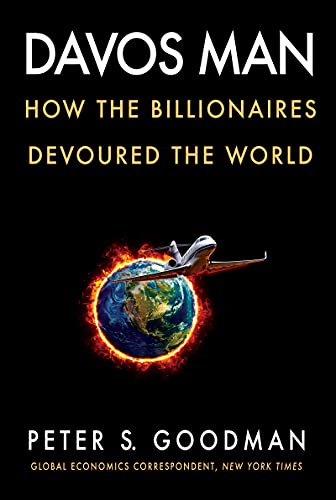Here's the expert, Dana Loesch, "It's Not About Protecting Kids, It's About Banning Guns: Their response is to render you incapable of protecting them, took":
The Biden administration contradicted two separate commissions comprised of educators and security experts and reiterated that they have no intention of improving school security to protect students... The Uvalde killer accessed the school through an unlocked door at Robb Elementary School. There was no outside force multiplier against unlawful entry, no known security system, and no SRO on campus. The commissions recommended numerous security measures, including controlled ingress/egress, locking doors, SROs, and more. Democrats oppose improving security and instead stated that they were also focusing on basic 9mm handguns while again falsely proclaiming that people were disallowed cannon ownership during the Revolution. He made this remark to the press pool yesterday. Last week Senator Chuck Schumer tanked a school safety proposal instead choosing to advance only gun control measures. Authorities admitted during Friday’s presser with Texas DPS that they were hesitant to enter the school for fear they’d be shot. Meanwhile, more details about the Uvalde killer’s violent behavior are spilling into public. The killer tortured animals. He was known to cops, he drove around randomly shooting people with a bb gun and tried to fight random people in the park. He threatened online women with rape and murder. He stopped coming for work and dropped out of school. Through his job at Wendy’s he was able to save $4k for two rifles and ammunition (should we also boycott Wendy’s?). No one in his family seemed engaged enough to see the obvious troubling signs. No one said anything, just like in Buffalo. Just like in Parkland. TWO REASONS WHY AGE RESTRICTIONS AND UBCs FAIL The Uvalde killer had murderous intent. As his violent behavior escalated, are we really to believe that a proposal like an age increase would have removed his murderous intent? The killer in Las Vegas’s 2017 tragedy was 64 years-old. The Virginia Tech killer was 23 years old. Where is the guarantee that the Uvalde killer would simply wait — instead of going to the black market where the majority of criminals get their guns?Our respondents (adult offenders living in Chicago or nearby) obtain most of their guns from their social network of personal connections. Rarely is the proximate source either direct purchase from a gun store, or theft. *Only about 60% of guns in the possession of respondents were obtained by purchase or trade. Other common arrangements include sharing guns and holding guns for others. Gangs continue to play some role in Chicago in organizing gun buys and in distributing guns to members as needed.More: Washington Post: Four out of five criminals obtain their guns illegally More: Chicago Tribune: Survey: Crooks get guns from pals, don’t keep them long 70 percent said they got their guns from family, fellow gang members or through other social connections. Only two said they bought a gun at a store. A study from the DOJ — Source and Use of Firearms Involved in Crimes: Survey of Prison Inmates, 2016:About 1.3% of prisoners obtained a gun from a retail source and used it during their offense. Handguns were the most common type of firearm possessed by state and federal prisoners (18% each); 11% of all prisoners used a handgun. Among prisoners who possessed a gun during their offense, 90% did not obtain it from a retail source.More from DOJ: Armed and Considered Dangerous: A Survey of Felons and Their Firearms — the vast majority of felons obtain their weapons on the black market. “ASSAULT WEAPONS” BANS Are we to believe that a ban on a commonly-owned rifle responsible for the fewest number of homicides (even when compared to hands feet and fists?) would work? ... Yet still Democrats propose another “Assault Weapons” ban when the first one didn’t work. RAND:We found no qualifying studies showing that bans on the sale of assault weapons and high-capacity magazines decreased any of the eight outcomes we investigated.Propublica: “The senator says ‘the evidence is clear: the ban worked.’ Except there's no evidence it saved lives – and the researcher behind the key statistic Feinstein cites says it's an outdated figure that was based on a false assumption.” LA Times: No, the assault weapons ban didn’t work: Impact Evaluation of the Public Safety and Recreational Firearms Use Protection Act of 1994 The New York Times: “The Assault Weapon Myth” School shootings are, thankfully, rare tragedies. Defensive gun use — when guns are used to protect and save lives — outnumbers criminal usage even by the most conservative estimates. GUN-FREE ZONES Schools have been gun-free zones since the 1990 passage of the Gun Free School Zones Act. The video of parents howling after they were blocked from going and saving their children is gutting. I read one mom broke free and hopped the fence to get into the school, totally unarmed, with nothing but her fierce nature as a mother to protect. The people allowed to have the guns stood outside. If the government is going to demand a gun free zone anywhere they need to guarantee the safety of the people being disarmed — if at a school they should protect those kids with the same ferocity as that desperate mother and have the ability to do it — especially considering police have no legal obligation to protect your life...








